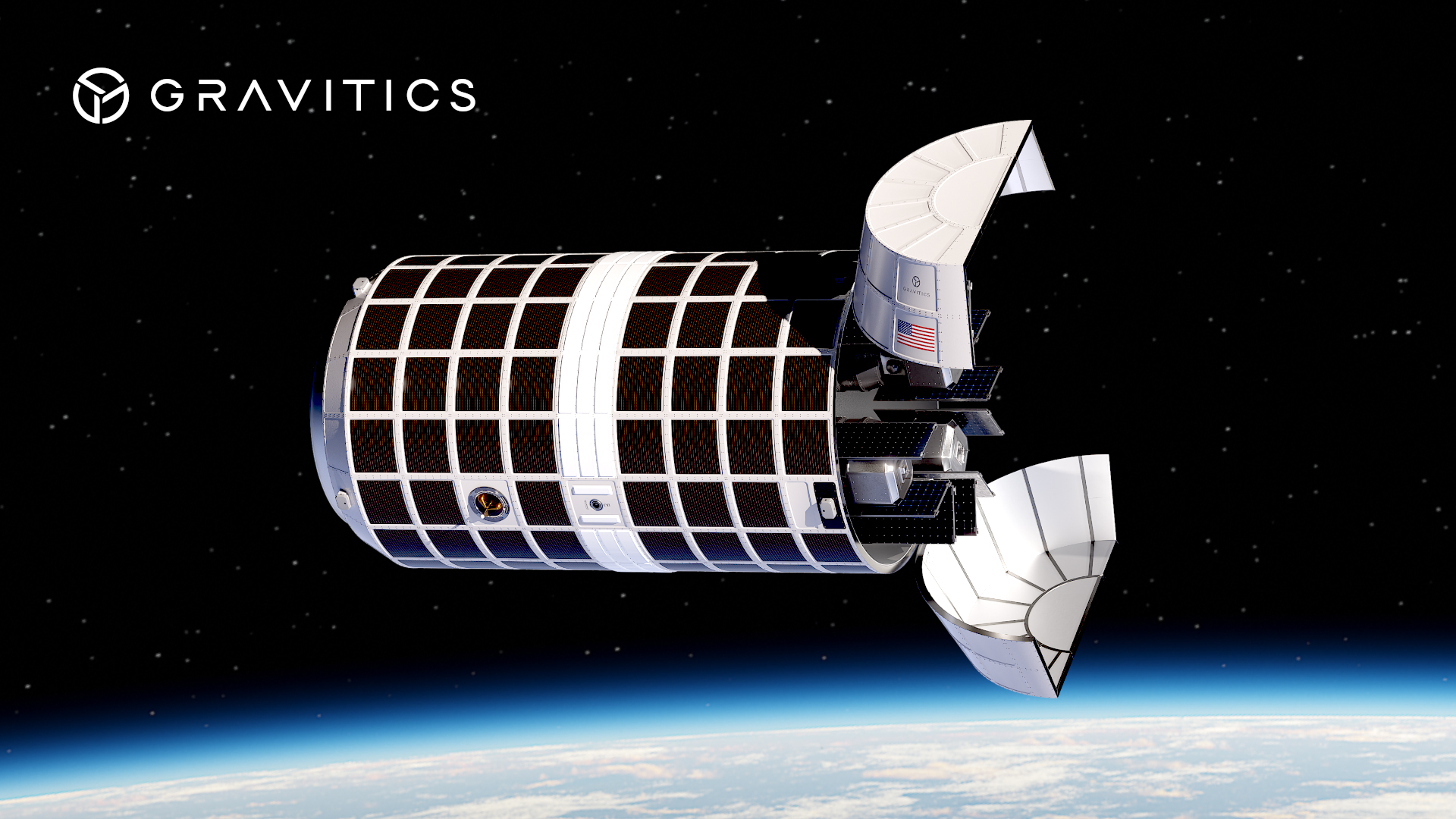M4 Max Lacks UltraFusion: What's Next for the Mac Pro?
Apple unveiled a refreshed Mac Studio lineup today, featuring M4 Max and M3 Ultra chips. While this update brings significant performance boosts, the decision to debut an M3 Ultra instead of an M4 Ultra has left some users puzzled. Now the company has reportedly confirmed that the M4 Max does not feature an UltraFusion connector, raising questions about the future of the Mac Pro and Apple's high-end silicon strategy.The Mac Studio now offers two configurations. The entry-level model, starting at $1,999, sports the M4 Max with a 16-core CPU, up to a 40-core GPU, and support for 36GB to 128GB of RAM. The high-end version, priced at $3,999, packs the M3 Ultra, essentially two M3 Max chips fused via UltraFusion, delivering a 32-core CPU, up to an 80-core GPU, and RAM options from 96GB to a massive 512GB. Both chips support Thunderbolt 5, but the M3 Ultra's doubled specs make it the clear powerhouse, despite being a generation behind.Apple confirmed to Numerama that the M4 Max lacks the UltraFusion connector, a silicon interposer that enables two Max chips to merge into an Ultra variant. This absence rules out a straightforward M4 Ultra creation, breaking from the pattern established with the M1, M2, and M3 Ultra chips. Apple told Ars Technica that not every generation will see an Ultra chip, suggesting a slower refresh cycle for these top-tier processors. The M3 Ultra, built from two M3 Max chips, remains Apple's most powerful silicon to date, with 184 billion transistors and 800GB/s of memory bandwidth.Continue ReadingSpotlight Deal:Apple M4 Mac Mini on Sale for $529 [Lowest Price Ever]Share Article:Facebook, Twitter, LinkedIn, Reddit, EmailFollow iClarified:Facebook, Twitter, LinkedIn, Newsletter, App Store, YouTube


The Mac Studio now offers two configurations. The entry-level model, starting at $1,999, sports the M4 Max with a 16-core CPU, up to a 40-core GPU, and support for 36GB to 128GB of RAM. The high-end version, priced at $3,999, packs the M3 Ultra, essentially two M3 Max chips fused via UltraFusion, delivering a 32-core CPU, up to an 80-core GPU, and RAM options from 96GB to a massive 512GB. Both chips support Thunderbolt 5, but the M3 Ultra's doubled specs make it the clear powerhouse, despite being a generation behind.
Apple confirmed to Numerama that the M4 Max lacks the UltraFusion connector, a silicon interposer that enables two Max chips to merge into an Ultra variant. This absence rules out a straightforward M4 Ultra creation, breaking from the pattern established with the M1, M2, and M3 Ultra chips. Apple told Ars Technica that not every generation will see an Ultra chip, suggesting a slower refresh cycle for these top-tier processors. The M3 Ultra, built from two M3 Max chips, remains Apple's most powerful silicon to date, with 184 billion transistors and 800GB/s of memory bandwidth.
Continue Reading
Spotlight Deal:
Apple M4 Mac Mini on Sale for $529 [Lowest Price Ever]
Share Article:
Facebook, Twitter, LinkedIn, Reddit, Email
Follow iClarified:
Facebook, Twitter, LinkedIn, Newsletter, App Store, YouTube


















_Borka_Kiss_Alamy.jpg?#)























































